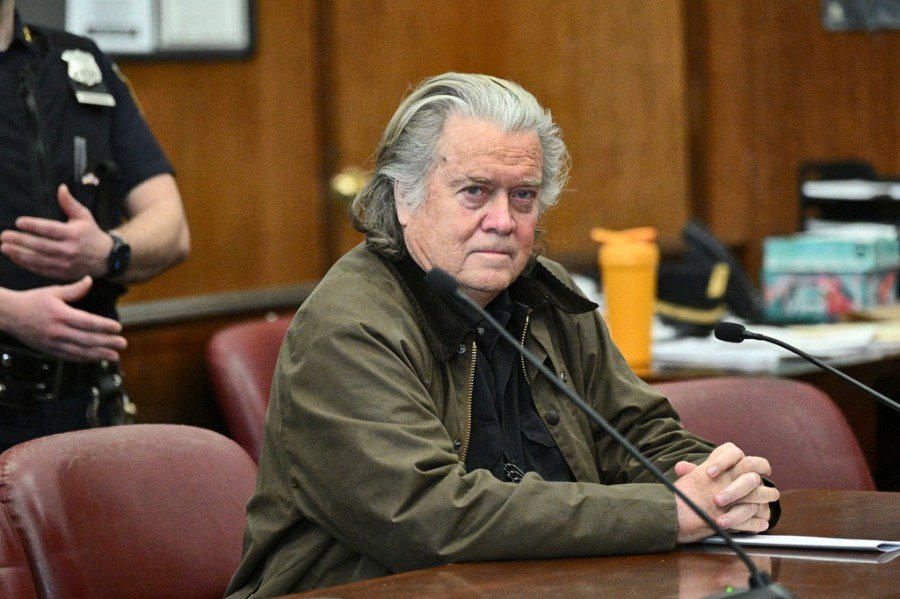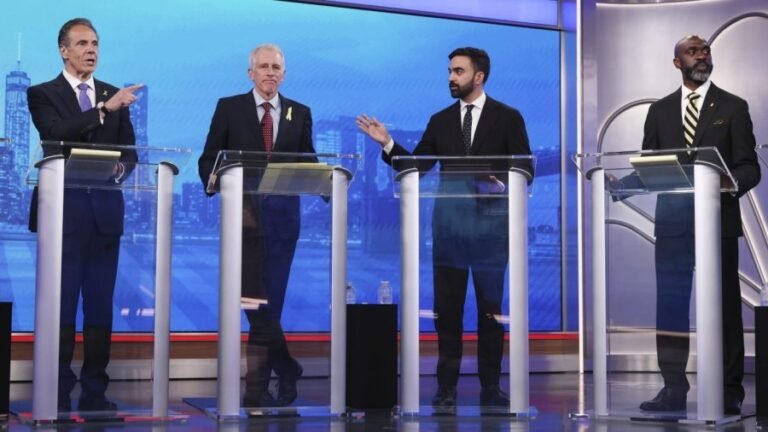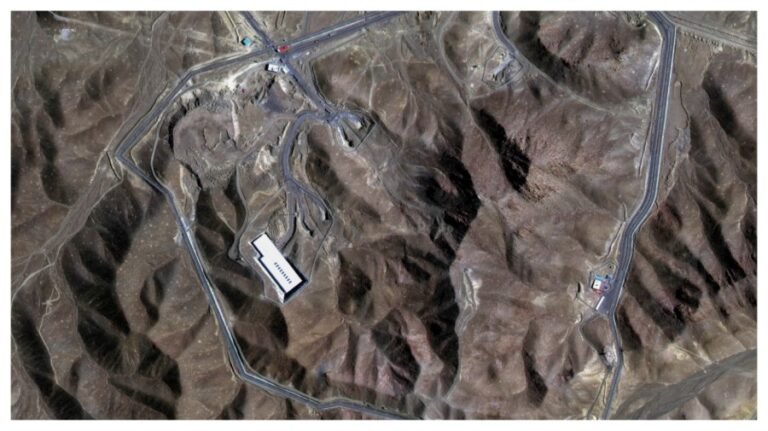
Steve Bannon wants you to believe he’s a war general for the forgotten man — a blue-collar prophet in cargo pants, ready to torch the global elites on behalf of truckers and farmers. But strip away the flannel and fury, and what you find isn’t a populist — it’s a financier, a Hollywood operator, and a man worth $20 million LARPing as a coal-dusted crusader for the common man.
This is the hustle: Bannon talks like a patriot but lives like a prince. He rails against the globalists while building his own global network. He warns you about the machine even as he becomes a vital gear in it.
Let’s rewind. Before Breitbart, before the “War Room” podcast, before the MAGA movement and talk of “deconstructing the administrative state,” Steve Bannon was something far less revolutionary: a banker. And not just any banker — he was a high-powered executive at Goldman Sachs, the very temple of global finance he now pretends to rage against. He didn’t walk picket lines. He walked into boardrooms, advised mergers and helped move capital around like puzzle pieces in the portfolios of the powerful. He got in on the deals most Americans would never even hear about, let alone benefit from.
One of those deals? “Seinfeld.” After leaving Goldman, he began his own firm and worked with Westinghouse to successfully acquire a minority stake in Castle Rock Entertainment, the producer of “Seinfeld.” As part of that deal, Bannon accepted a stake in the royalties of the show.
Translation: every time you laughed at Kramer’s entrance, Bannon got richer. While working-class Americans were juggling bills and wondering if they could afford another tank of gas, Bannon was cashing passive income from a sitcom about nothing.
And when that well started to run dry, he pivoted to image. He went Hollywood. And he did not go as a writer or director, but as a producer — the shadowy figure behind the scenes, raising money, shaping narratives and angling for influence. He produced a slate of forgettable documentaries with big ambitions and little reach, hoping to strike gold or at least strike a nerve.
He sniffed around the Vanity Fair circuit, elbowed his way through the fringes of Los Angeles power-lunch culture, and tried to matter in rooms where creative types mingled with capital. But it didn’t stick. He was too blunt, too ideological, too out of place.
So he rebranded.
When the red carpets didn’t welcome him, he found an alternative stage. He embraced Carhartt cosplay, grew out the hair, and declared himself a champion of “the people.” But make no mistake — he never stopped living like royalty. His personal life was padded by old Goldman money. The bank account never left Bel Air. The Rolex never came off. He wasn’t just out of touch with the working class — he was orbiting them from space, occasionally parachuting down to give a speech about sovereignty and struggle, then retreating back to his fortified compound of fine scotch.
Deceit and duplicity aren’t bugs in Bannon’s matrix; they’re part of the operating system.
Take the infamous “Build the Wall” scheme, for example. Bannon raised millions of dollars from ordinary Americans, promising every penny would go to the wall Trump couldn’t finish. And what happened? The money vanished into private pockets. Luxury expenses. Personal salaries. Bannon was arrested on a Chinese billionaire’s yacht, lounging in luxury while federal agents boarded. He was spared only by a last-minute Trump pardon, yet somehow that only added to his legend.
Then came the “supergroup” pitch: a global nationalist alliance, conferences in Hungary, meetings in Rome, and whispered influence over several European populists. Bannon wasn’t interested in saving Main Street. He was franchising the culture war, exporting MAGA aesthetics to every corner of the globe — not because he believed in the cause — but because there’s always a market for outrage.
This is not the story of a man who joined the people. It’s the story of a man who studied them, branded them and built a media empire on their backs. He frames everything as a spiritual battle — America versus the elites. But Bannon is the elite. He just speaks rage fluently. So here’s the question: if a man tells you he’s at war with the empire while still cashing royalty checks from it, do you believe him? Or do you finally see it for what it is?
Bannon is not a warrior for the working man. He’s a salesman in battle gear, with a podcast mic and a passport full of donor meetings. He doesn’t live among the people — he studies them, scripts their anger, then sells it back to them. He’s rebranded himself so many times — naval officer, investment banker, Hollywood producer, political strategist — you’d think he was running a hedge fund in identity. And in a way, he is each persona, carefully tailored to meet the moment, each pivot engineered for maximum leverage.
The flannel, the Catholic mysticism, the bunker aesthetic — it’s all part of the shameless act. Underneath is a Machiavellian tactician who understands power not as something to dismantle, but to inhabit. Part P.T. Barnum, part Pat Buchanan, this is a man who preaches humility while flying private. Steve Bannon isn’t leading a rebellion. He is selling one.
John Mac Ghlionn is a writer and researcher who explores culture, society and the impact of technology on daily life.


